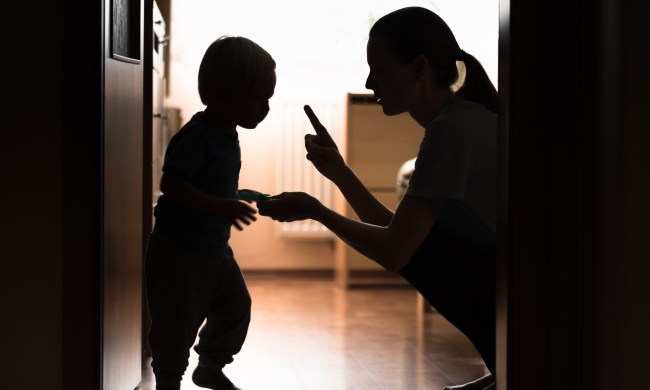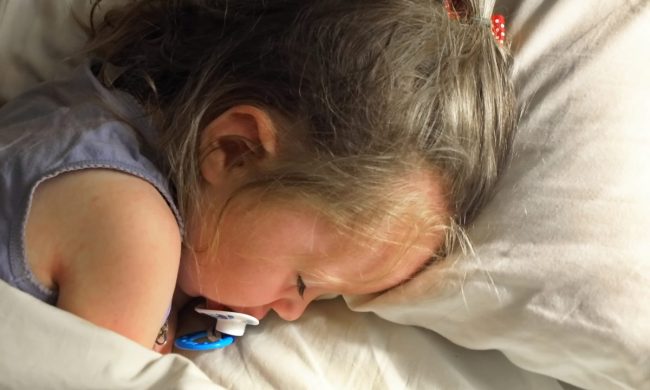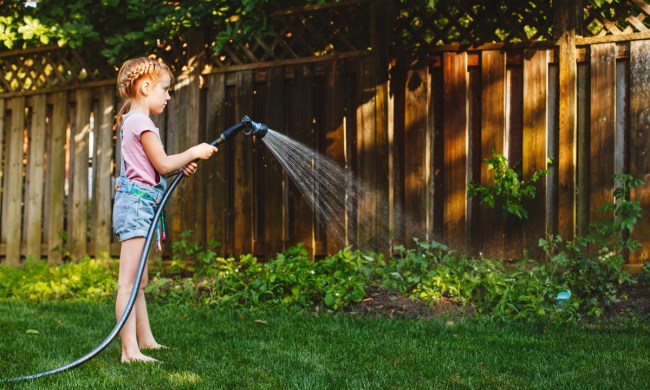Parents can’t control whether their baby will be born with a full head of hair or with only a few, wispy strands. It can be difficult for some to wait for their baby’s hair to grow. Still, whichever camp your baby falls into, you’ve probably read the books and learned early on about the many benefits of brushing your baby’s hair regularly. But, as you draw near the 1-year-old mark, you may start to worry about whether your toddler’s hair is just growing slowly, or not at all. Is there a range of what’s normal for baby and toddler hair growth? Yes! This is because of a baby’s individual DNA. So, there’s no need to stress either way.
It’s completely normal for babies to have very little to no hair during their first year. After their first birthday comes and goes, you may wonder why there’s no active hair growth. Many factors determine how fast hair grows. If your baby is still sporting wispy strands by the time they are in the toddler stage, there’s probably no need to worry. Here are some tips for slow-growing toddler hair.
Slow-growing toddler hair
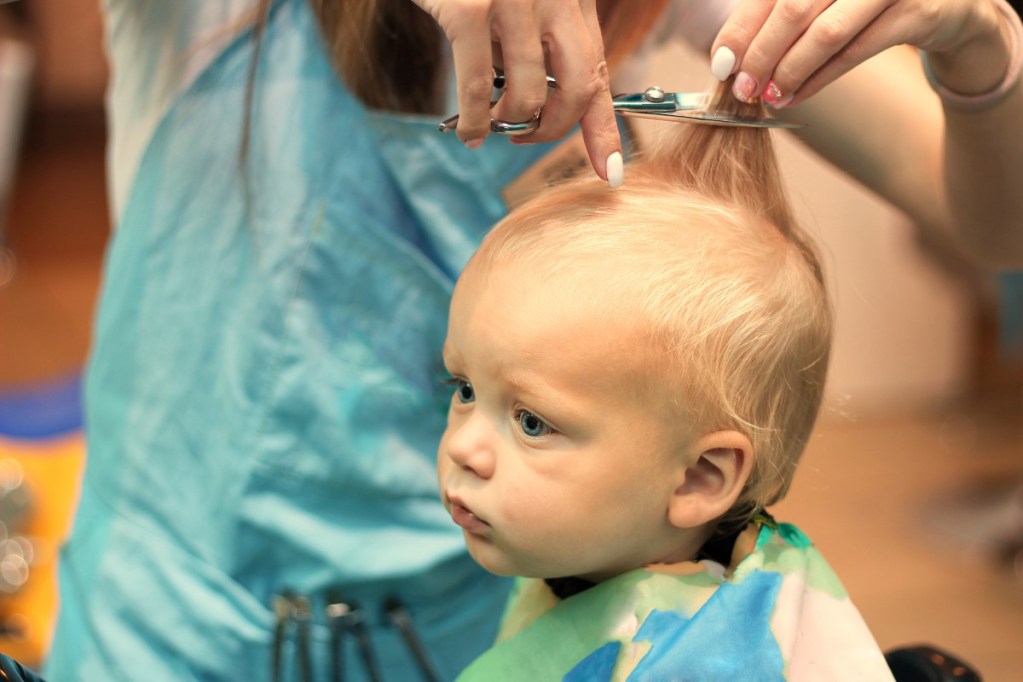
It’s always easy to stress when you see other kiddos at the playground with luscious locks and your toddler’s hair doesn’t seem to be getting any longer. Most babies will grow their hair between 6 months old and their first birthday. Remember, though, there is a range with some taking 18 to 24 months to really start to grow their hair.
A baby’s hair follicles will mature at their own rate. Genetics plays a big part in a toddler’s hair growth. Red flags to be on the lookout for when it comes to a toddler’s hair growing slowly are circular areas of loss or if your child’s hair is falling out in patches. Fungal infections can cause issues with toddler hair loss and circular hair loss can be caused by an autoimmune disorder called alopecia areata. Talk to your pediatrician right away if you’re noticing hair loss in your toddler.
Most toddler hair growing slowly is nothing to worry about, though. If you’re wondering if there’s anything to do to help your little one’s hair grow, we have some helpful tips for toddler hair growth.
Use gentle products that won’t irritate your toddler’s skin

No matter what products you decide to use, it’s vital to avoid unnecessary and harsh chemicals that can damage your toddler’s hair and scalp. Try finding shampoos and conditioners with natural ingredients but read the labels carefully. Just because a product says it’s natural doesn’t mean it’s safe for your baby’s delicate hair and skin.
Avoid ingredients like fragrance, phthalates, parabens, and formaldehyde. Look for natural oils like coconut, avocado, and jojoba oils, which are all rich in oleic and linoleic acids that promote hair growth and prevent damage.
Stick to a schedule, but space hair washings by two or three days

While little ones may need daily baths after playing all day, it’s best to shampoo every two to three days. Natural oils called sebum produced by the scalp helps promote growth and keep hair healthy. Babies often develop cradle cap from buildup. So, it’s important to continue to wash regularly. Make sure to massage with the tips of your fingers to remove dry skin that can prevent hair growth.
Keep strands conditioned to maintain hair moisture

It’s important to never skip conditioner even though your baby may have minimal hair. Shampoo can strip away moisture while cleansing, which can lead to breakage. A good conditioner restores moisture to your baby’s hair, which, in turn, promotes growth. This is extra important for curly-haired kiddos whose hair is more prone to dryness and breakage.
Choose gentle fabrics that won’t snag your toddler’s hair
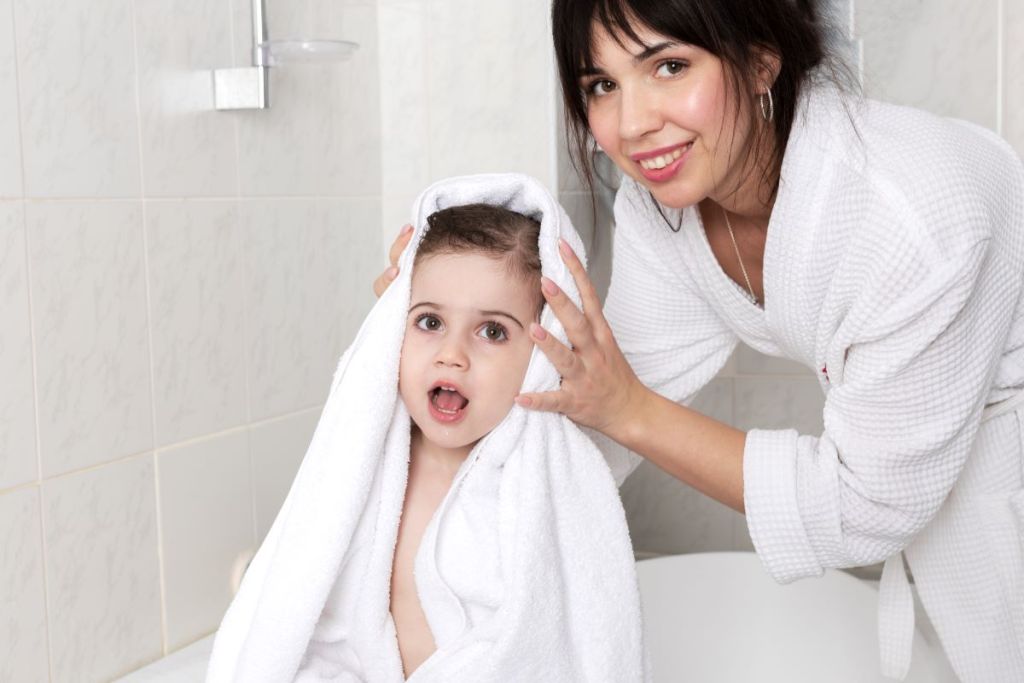
The two materials that touch your baby’s head most often are towels and pillowcases. Rougher fabrics can cause breakage, so it helps to use soft, gentle ones. Gently pat dry with a soft towel and never rub the head when drying. A rough towel can damage the existing hair as well as those delicate baby hair follicles.
A silk pillowcase helps prevent tangles and keeps hair silky smooth no matter how much they toss and turn. This can also help with that telltale bald spot on the back of the head that often appears in early infancy from moving the head back and forth while lying down.
Use a soft brush or comb to gently get tangles out
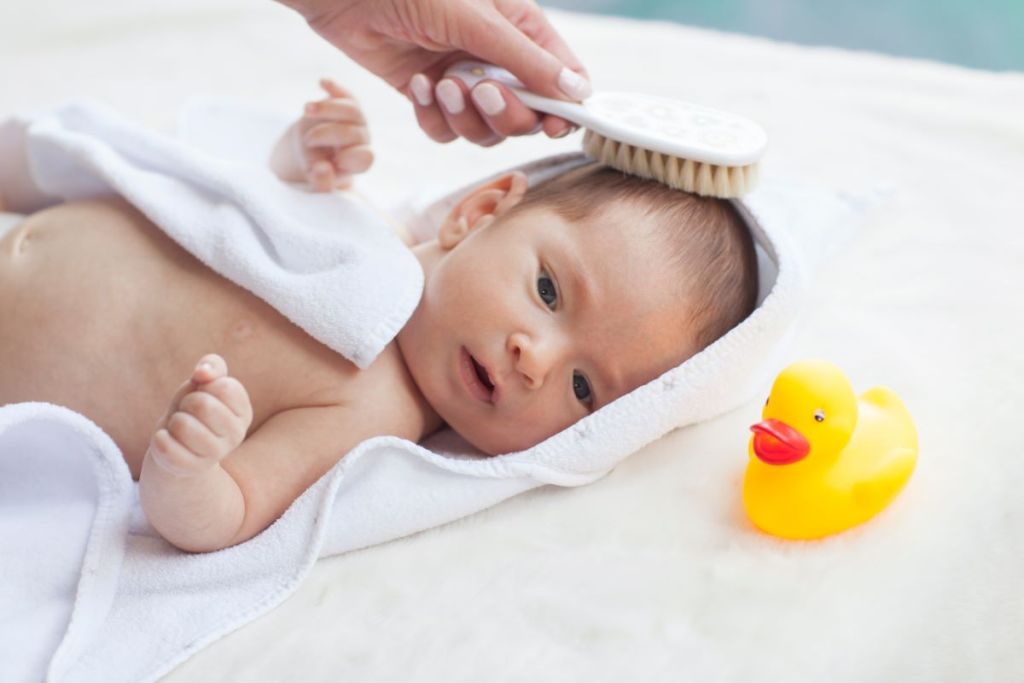
Choosing the right tools is crucial to helping your toddler’s hair grow longer. A wide-tooth comb or a soft bristle brush is all you need when the hair is fine and soft. You can gently run the comb over the scalp to stimulate hair growth, too. For tangles, start at the ends and work your way up.
Add a scalp massage to stimulate follicles
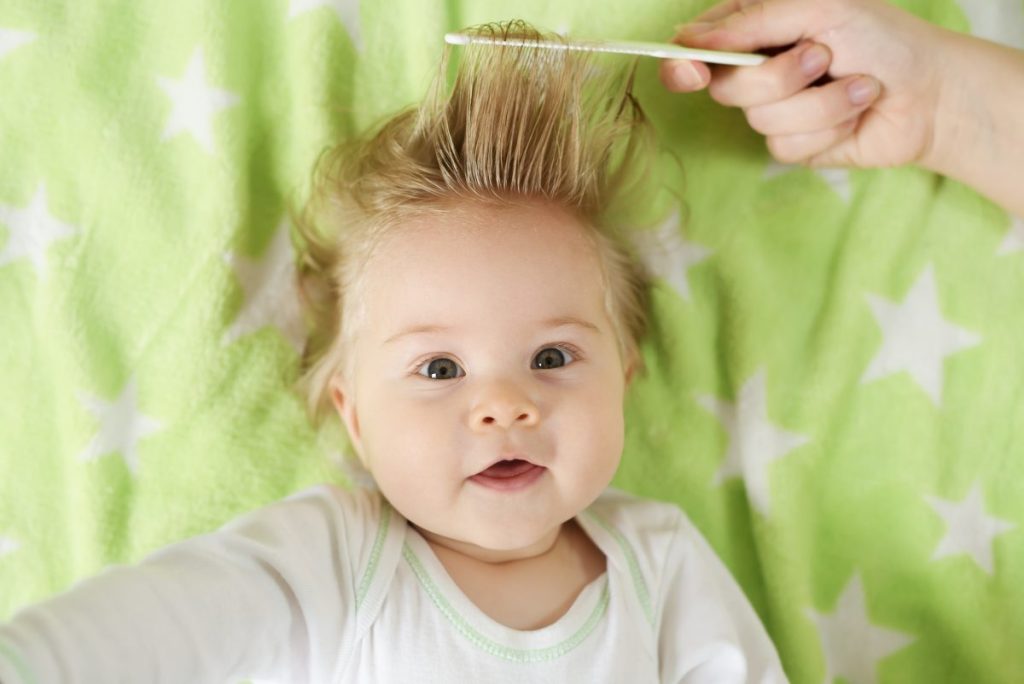
Massage your toddler’s scalp with your fingers during shampooing or after bath time as a relaxing wind down before bed. Using light to medium pressure in a circular motion helps stimulate the hair follicles by bringing blood to the area. Add some coconut oil to boost the growth.
Boost vitamin intake to encourage hair growth
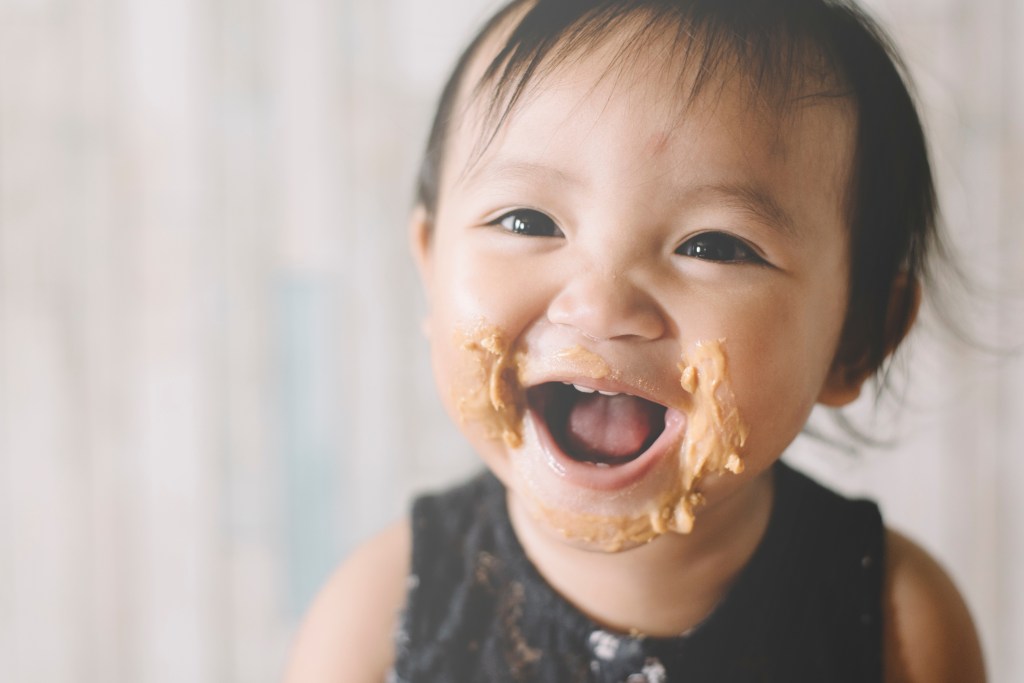
You can help your baby’s hair grow from the inside out by adding hair-friendly foods. Healthy fats, protein, and vitamin E from nut butters (especially almond and peanut butter), chia seeds, eggs, salmon, and avocado all help strands grow.
Drizzle flax and avocado oil over veggies for an added omega boost. You can also add spinach, lentils, and blueberries, which are packed with folate and antioxidants. Lastly, think orange. carrots, sweet potatoes, citrus, cantaloupe, and mangos, which are filled with vitamins A and C that stimulate sebum production to help keep hair silky.
Try a probiotic for nutrition absorption and optimal results
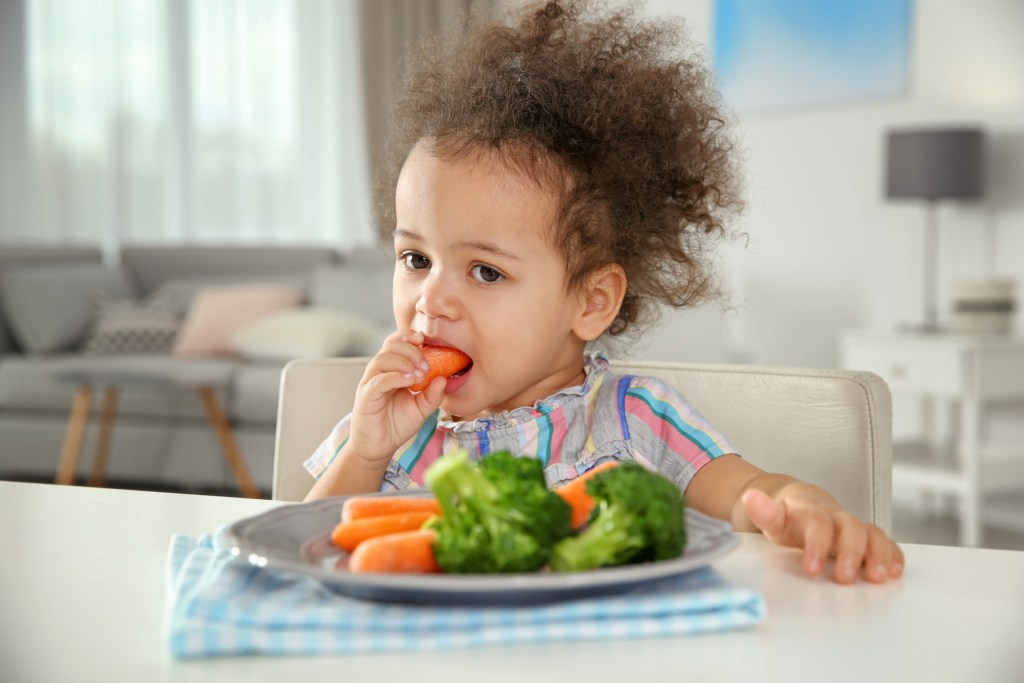
Again, working from the inside out can be beneficial when your toddler’s hair is growing slowly. An imbalance of gut flora can occur for many reasons, ranging from the type of birth your baby had to whether your baby is taking prescribed antibiotics.
The body has difficulty absorbing nutrients when there is too much bad bacteria and too little good bacteria. Those healthy foods listed above are only as effective as your toddler’s ability to absorb them. Ask your pediatrician for a recommendation for a good probiotic to get your baby’s gut health on track.
Hydrate to avoid breakage and dry hair
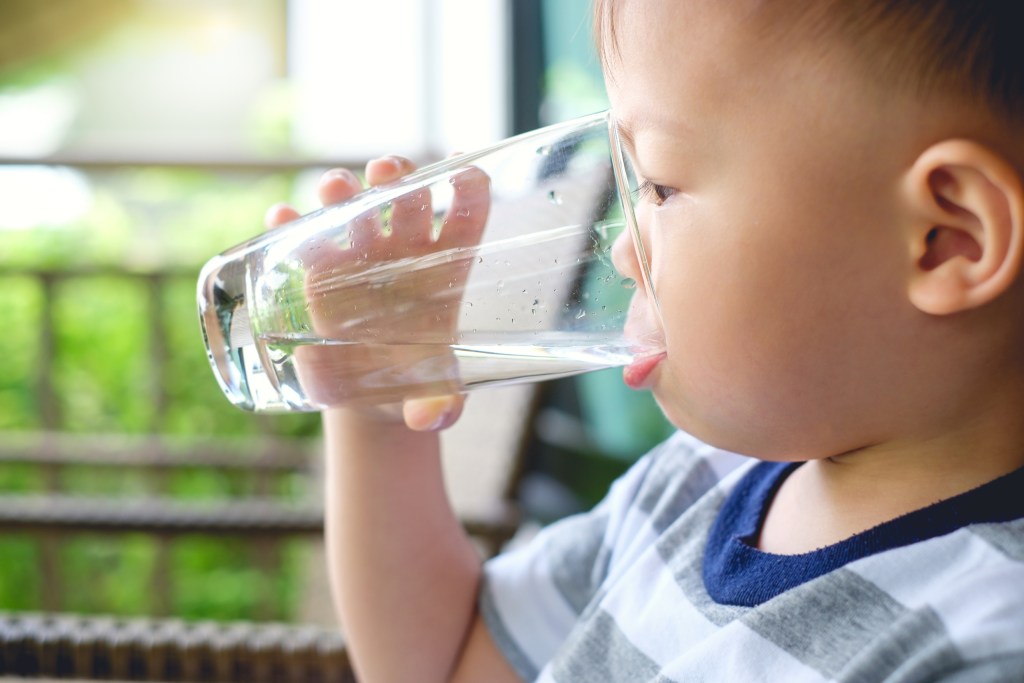
Little ones can be so busy during the day that they may not reach their optimal water intake. Make sure your baby is drinking plenty of water. The recommendation is four to six glasses a day, but of course, check with your healthcare provider for your particular child’s needs. Hydrated hair is happy hair!
It’s all in the genes

If you’ve tried all these suggestions will little success, it may just be a matter of genetics. Genetics plays a huge part in your child’s hair growth. When your baby is in your womb, the hormones they are receiving encourage hair growth. Babies born with hair typically only grow that hair during the third trimester.
Once they’re born those hormone levels drop, and that can affect how quickly their hair will continue to grow. Healthline notes that how much hair your baby has, the growth rate, the color, and the texture are all determined by a variety of different genetic factors from both sides of your baby’s family.
What is short anagen syndrome?

An uncommon cause of lack of hair growth is something called short anagen syndrome, or SAS. Some medical professionals believe that SAS is a rare condition, while others feel that it’s simply under reported. It is characterized by a significantly shortened anagen (growth) phase of the hair cycle, resulting in hair that remains thin, fragile, and unable to grow beyond a certain length.
The condition is usually diagnosed in childhood, commonly reported between the ages of 2 and 4, and is believed to have a genetic basis. While it is not harmful, it can cause cosmetic concerns, and treatments to prolong the anagen phase, such as topical minoxidil, may be explored to improve hair growth in some cases.
Lastly, patience! Hair generally grows half an inch to an inch per month, which means results definitely won’t appear overnight. With diligence and following the tips above, you can help maximize that monthly growth. When in doubt, ask your pediatrician if you think your toddler’s hair is growing slowly or if you notice any red flags like hair falling out in patches.

